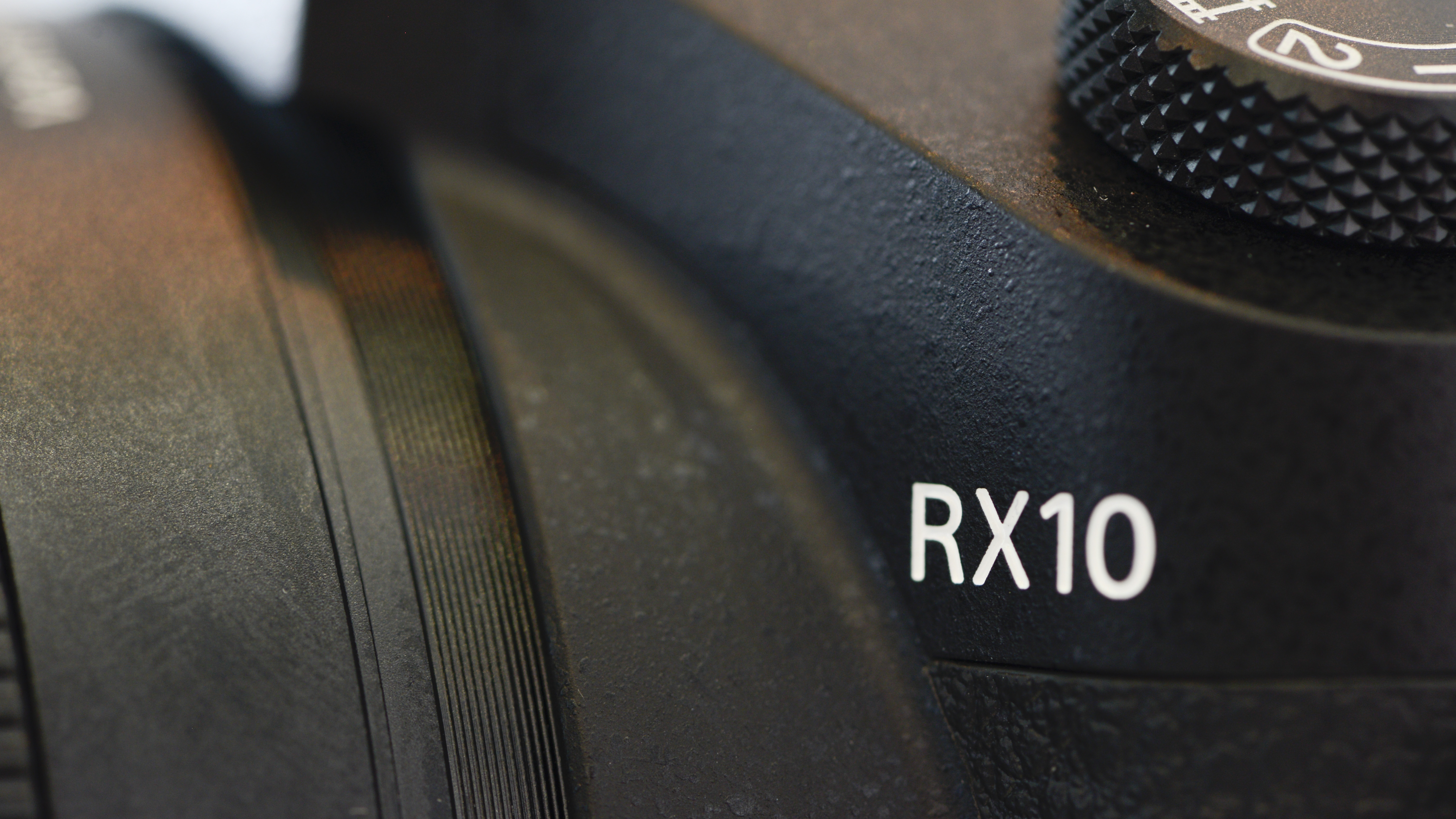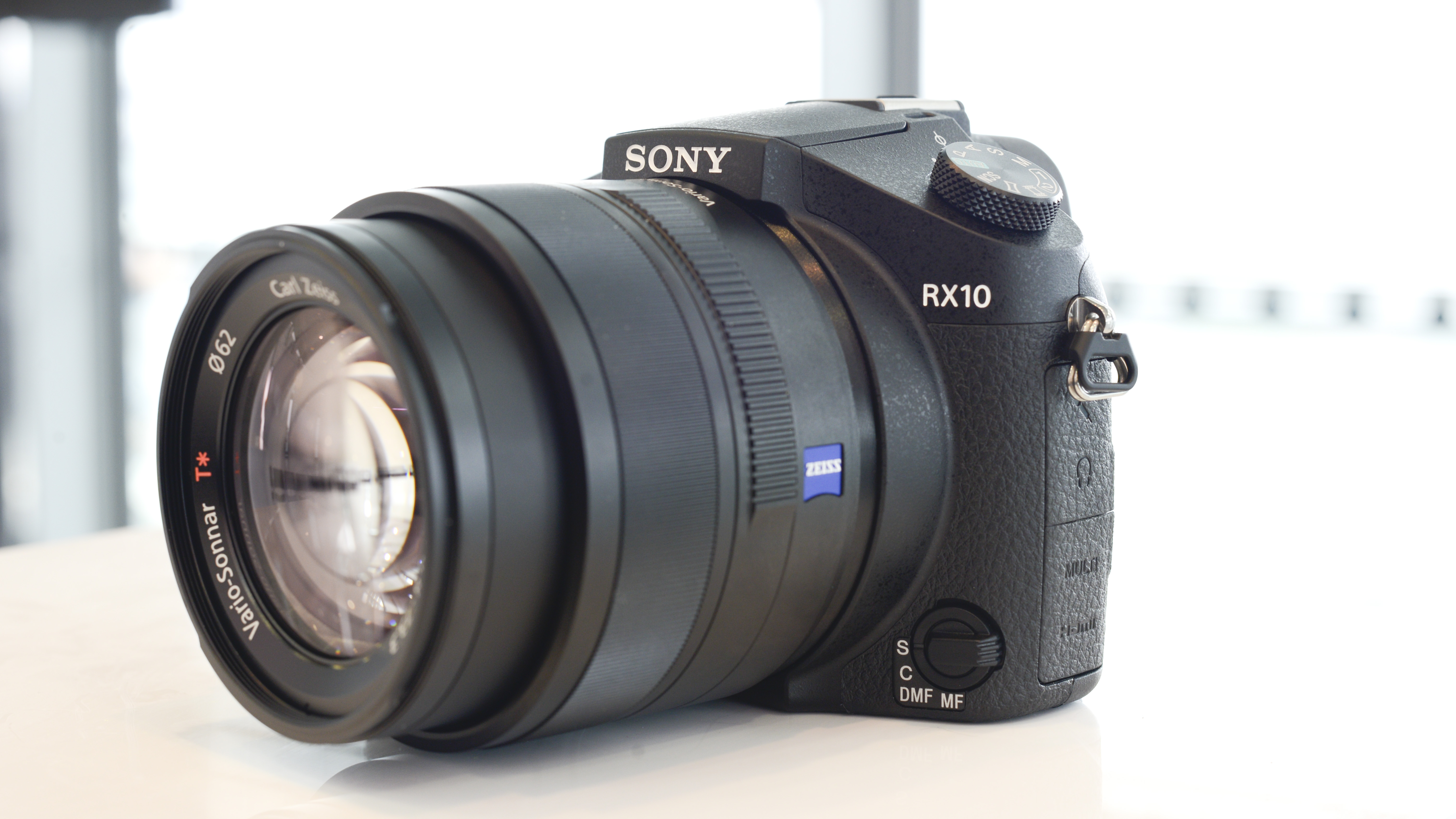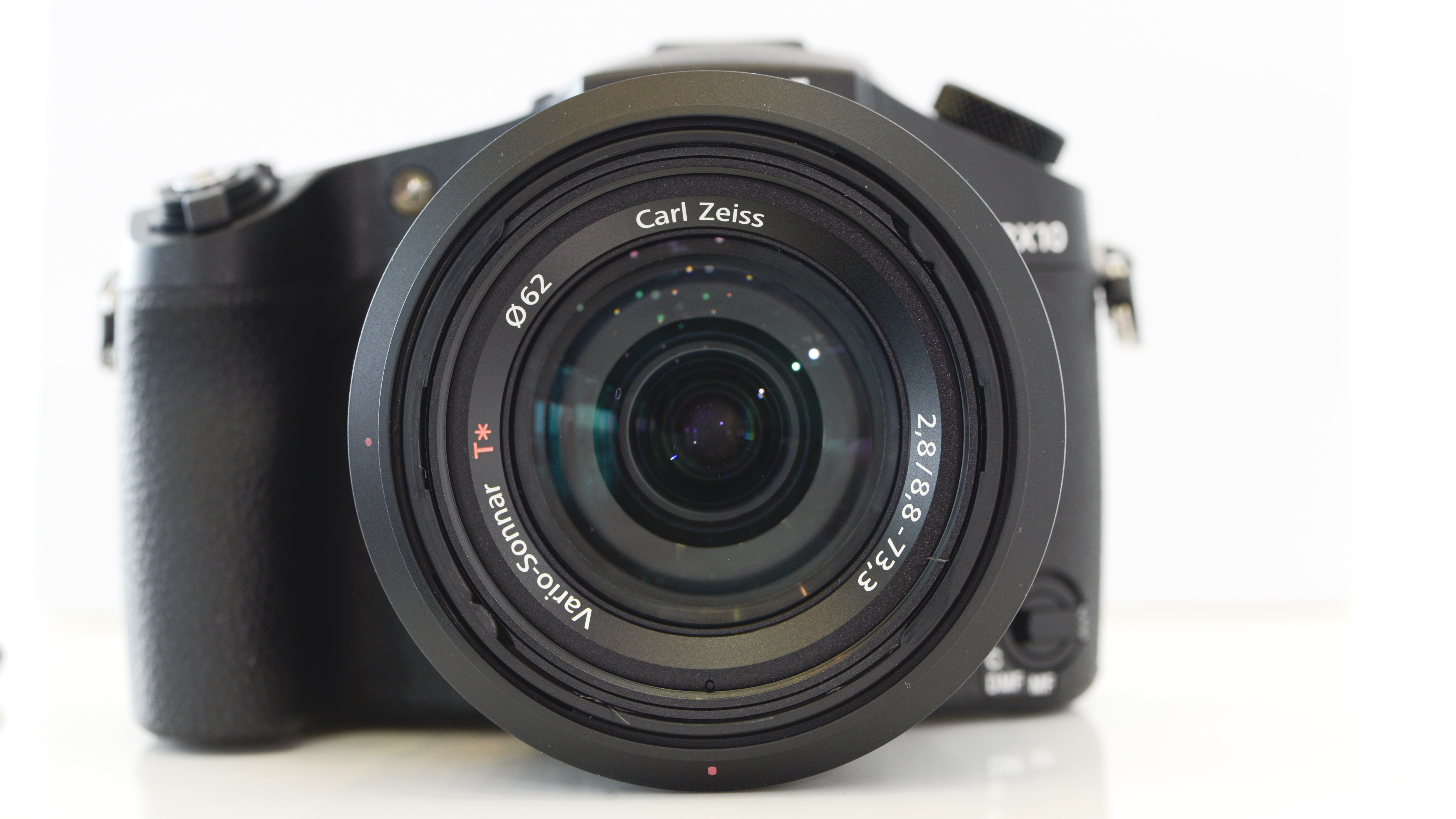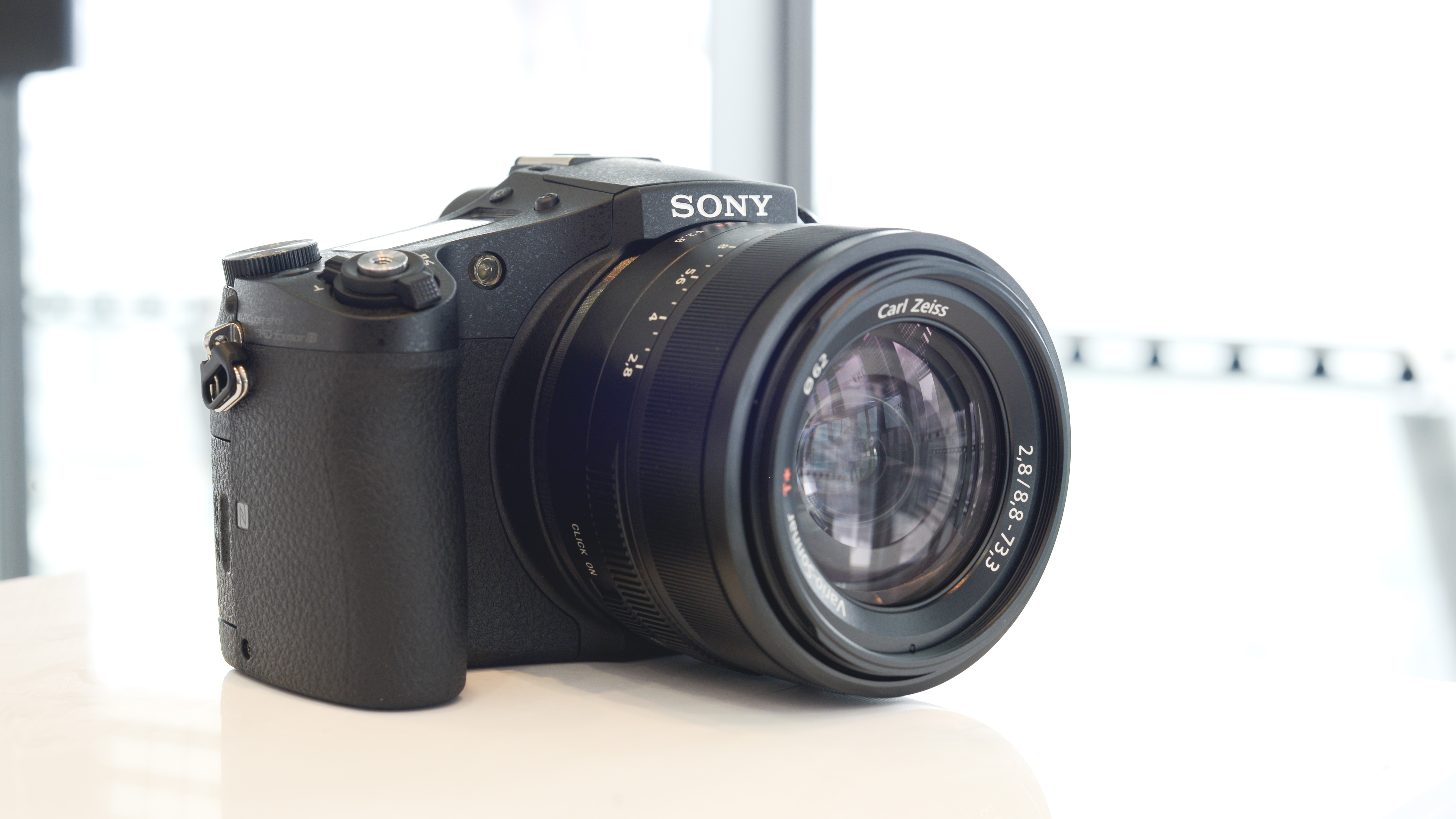Why you can trust TechRadar
We were pretty much assured of the image quality of the RX10 from the get go, as it uses the same excellent sensor as the RX100 II, but it's nice to have that confirmed by the full production sample.

Colours are reproduced excellently, being bright and punchy without showing too much saturation.
Skies are represented well, as are skin tones.
You can alter the colours coming straight from the camera by altering the Picture Styles, for instance if you want more vivid or neutral colours. The good thing about these is that they can be shot in raw format, so you'll have a 'clean' version of the image to work with should you need it later down the line.
Detail is also excellently resolved by the 20.2 million-pixel sensor, as we'd already seen in the RX100 II.

All-purpose metering is generally good, though you may find you need to dial in some exposure compensation in particularly dark or high-contrast scenes.
Automatic white balance is also an excellent performer, although it errs towards warm, yellowish tones under artificial lighting conditions. Changing to a specific white balance setting overcomes this if it's proving to be too problematic.
Sign up for breaking news, reviews, opinion, top tech deals, and more.
Sony's Dynamic Range Optimiser helps to produce balanced exposures, especially if there are areas of high contrast in the scene. Generally, leaving it on automatic does a good job, helping to bring out detail in the shadows without being an over-the-top effect.
However, if you're shooting something which has a particularly high amount of contrast, you can change the levels between one and five, with five offering the biggest effect. It's not something you'll want to use for every shot, but it can be very effective.
With an f/2.8 constant maximum aperture, you may find that shooting at high sensitivities is reduced, but nevertheless the camera does an excellent job in such situations. Image smoothing is present throughout the sensitivity range, but it only starts to become problematic from around ISO 3200, and then only if you're examining an image at 100%.
Generally, image noise is minimal, while detail is kept well. Images are especially good when looking at them at normal sharing or printing sizes of A4 or below.

Being a Zeiss lens, we expected the RX10's optic to be a good performer, and it is. That f/2.8 constant aperture, coupled with the large sensor, means you can create some excellent shallow depth of field effects throughout the focal length. Out-of-focus areas are rendered beautifully, with some excellent bokeh visible.
Optical image stabilisation does a good job of keeping images blur free when shooting at the furthest reach of the telephoto end. Detail is also good at either end of the range.
If you find that the 200mm offered by the lens isn't quite enough, you can choose to use Clear Image Zoom, Sony's excellent digital zoom. This keeps the same resolution (20.2 million pixels) despite cropping into the image. Detail is well maintained when using this, although it's not as sharp as the optical end of the zoom. But again, this is only something you'll really notice when checking the image at 100%.
Unfortunately, you can't shoot Clear Zoom if you're shooting in raw format, so you'll need to switch to JPEG only first.
Autofocusing speeds are pretty quick, but they're not the fastest we've ever seen, with compact system cameras from the Micro Four Thirds family offering quicker times.
That said, it's quick enough for most everyday situations, and in the main it's accurate too. Speed does drop in lower-light conditions, but it's only when it's extremely dark that the camera struggles to focus at all.
Sony is one of the best manufacturers for the creative photographer, offering a wide array of digital filters alongside its great sweep panorama mode. Although there are no new filters on offer here, the selection is decent as always.
Again, though, you can't shoot the filters in raw format, so you'll be stuck with them if you decide you don't like them after all. Using Picture Styles is one alternative, especially if you want to shoot monochrome images.
Sweep panorama is easy to use and quick to stitch in camera, but if you're shooting something with lots of fine detail (such as an area with lot of trees) and you examine the image at 100% it's likely you'll see repeated patterns in some areas. It's not particularly noticeable when viewing at a normal sharing size though.
Current page: Performance
Prev Page Build quality and handling Next Page Image quality and resolution
Amy has been writing about cameras, photography and associated tech since 2009. Amy was once part of the photography testing team for Future Publishing working across TechRadar, Digital Camera, PhotoPlus, N Photo and Photography Week. For her photography, she has won awards and has been exhibited. She often partakes in unusual projects - including one intense year where she used a different camera every single day. Amy is currently the Features Editor at Amateur Photographer magazine, and in her increasingly little spare time works across a number of high-profile publications including Wired, Stuff, Digital Camera World, Expert Reviews, and just a little off-tangent, PetsRadar.
